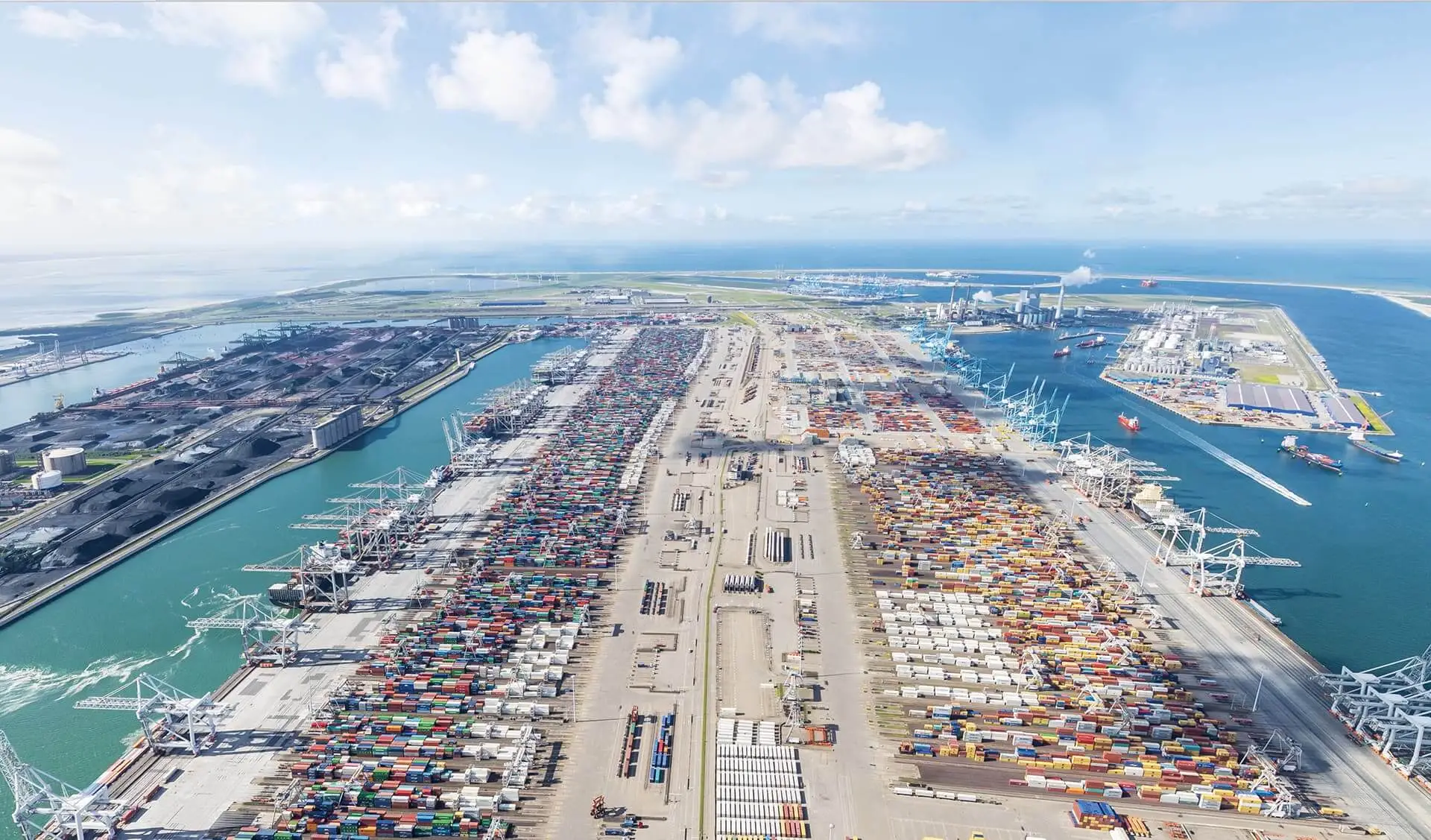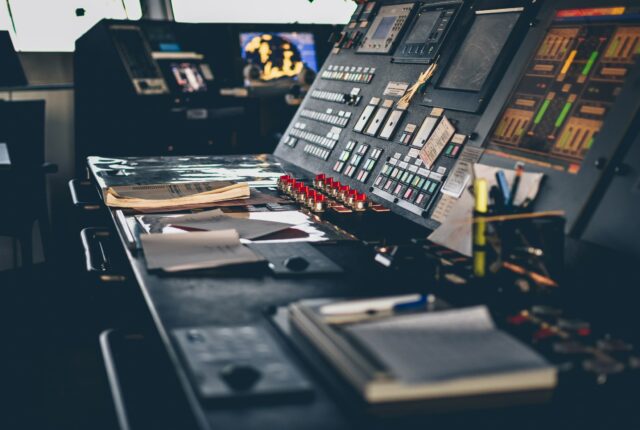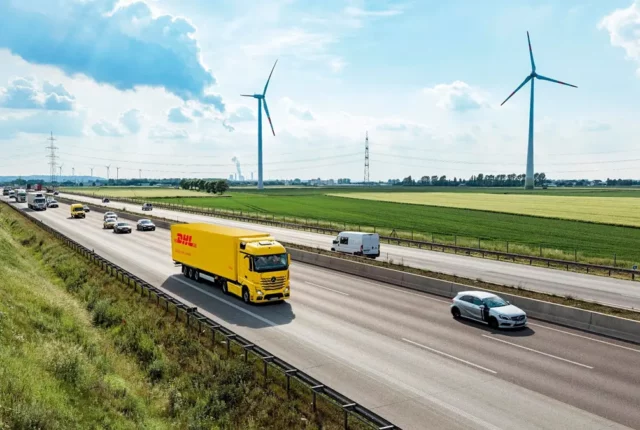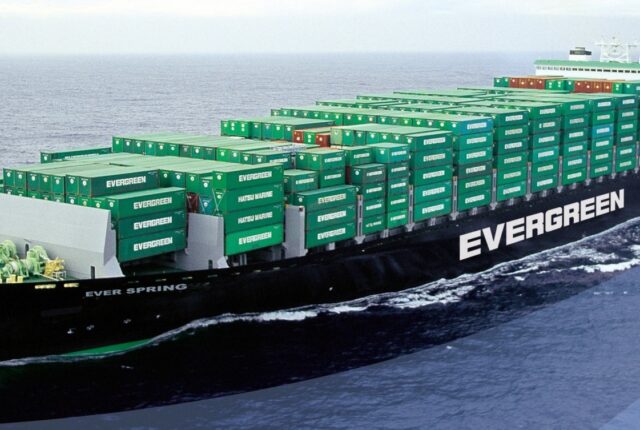
How Dutch Ports are Streamlining Sea Freight Operations
Dutch ports have long been pillars of global trade, with the Port of Rotterdam, in particular, holding a leading position in Europe and globally.
Positioned strategically along some of Europe’s most critical waterways, the Netherlands’ ports serve as essential hubs connecting various continents.
With increasing global demand for efficient logistics and transportation, Dutch ports are now implementing pioneering solutions to streamline sea freight operations, enhancing speed, sustainability, and profitability. This approach not only benefits local economies but also supports the global supply chain by ensuring timely deliveries and reduced logistical bottlenecks.
Key Challenges in Sea Freight Operations
Running a successful sea freight operation is highly complex, with multiple challenges that Dutch ports strive to overcome. First, the sheer scale of global shipping requires ports to handle millions of containers, with expectations of rapid turnover. Second, as the world pushes towards greener operations, ports face mounting pressures to reduce carbon emissions and adopt sustainable practices.
Finally, Dutch ports compete on an international scale, facing pressure to maintain competitive rates and efficiency, especially with rapid advancements seen in Asian ports. The convergence of these challenges means that Dutch ports must innovate continuously, pushing them toward smart infrastructure, digital transformations, and sustainable practices.
Strategic Investments in Port Infrastructure
Investment in infrastructure forms the backbone of Dutch ports’ modernization efforts. Rotterdam and Amsterdam, in particular, have embarked on large-scale projects aimed at expanding capacity while enhancing resilience. Rotterdam’s Maasvlakte 2, an advanced terminal expansion project, is designed to handle an increased volume of container traffic, focusing on automation and reduced environmental impact. Amsterdam has also invested heavily in its terminals to support sustainable operations.
Beyond physical expansion, there’s a heavy focus on resilient infrastructure that can withstand the pressures of climate change and potential natural disruptions. These investments not only future-proof Dutch ports but also attract major global logistics firms looking for reliable, efficient, and sustainable trade routes.
Focus on Sustainable Practices
Sustainability is a key priority for Dutch ports. Driven by government policies and international standards, Dutch ports have embraced green energy sources, invested in cleaner fuels, and committed to reducing emissions. The Port of Rotterdam, for example, is on a mission to become carbon-neutral by 2050, implementing cleaner technologies and promoting the use of sustainable biofuels in its operations.
Moreover, these ports support circular economy initiatives, reusing and recycling resources whenever possible. This commitment to sustainability not only aligns Dutch ports with global environmental goals but also attracts eco-conscious clients looking for greener logistics options.
Enhancing Data Connectivity and Transparency
Data connectivity plays a significant role in Dutch ports’ operations. By implementing data-sharing systems, ports improve transparency, enabling all stakeholders, including shippers, transporters, and port authorities, to access real-time information about shipments. This transparency allows for better decision-making and prevents unnecessary delays.
Advanced tracking and tracing technologies are also in place, ensuring that containers can be monitored from origin to destination. Ports like Rotterdam are at the forefront of this trend, creating an interconnected network that facilitates smooth operations and enhances customer trust in Dutch ports’ reliability.
Efficiency in Cargo Handling and Logistics
Efficient cargo handling is at the core of a streamlined sea freight operation. Dutch ports have adopted advanced logistics solutions to facilitate faster loading and unloading, minimizing ship dwell time at the dock. Technologies such as automated guided vehicles (AGVs), robotic cranes, and smart warehousing systems have revolutionized cargo handling processes in these ports.
AGVs are used extensively in Rotterdam to transport containers from ships to storage areas with minimal manual intervention, allowing 24/7 operation and cutting down wait times. Similarly, robotic cranes speed up the process of loading and unloading containers, reducing labor costs and boosting accuracy. These innovations ensure that containers are handled with precision and speed, allowing vessels to depart sooner and avoid congestion. The result is a quicker, more reliable process that benefits clients and reinforces the ports’ reputations for efficiency.
Rotterdam as a Leading European Smart Port
The Port of Rotterdam is a benchmark for smart port innovation, setting global standards in efficiency, sustainability, and digitalization. With its advanced technological infrastructure, Rotterdam is pioneering solutions that other European and global ports aspire to replicate. The port’s comprehensive digital infrastructure, combined with a strong focus on sustainability and automation, has made it a leader in adapting to the demands of modern sea freight.
One key initiative is the Digital Twin, a virtual model of the port that uses real-time data to simulate and analyze port activities. This simulation helps operators anticipate potential issues, optimize cargo flows, and improve decision-making. Rotterdam’s innovation also extends to predictive maintenance systems, where AI analyzes equipment usage patterns to predict and prevent mechanical failures. These advancements keep the port running smoothly, with minimal downtime and improved efficiency. Rotterdam’s leadership as a smart port sets a powerful example for the global shipping industry, reinforcing its role as Europe’s most significant maritime hub.
Looking ahead, Dutch ports are well-positioned to lead in autonomous shipping, AI-driven logistics, and sustainable practices, promising a future where sea freight is both efficient and environmentally responsible. The strides made by Dutch ports today will continue to shape the global maritime industry, ensuring they remain integral to international trade for decades to come.






